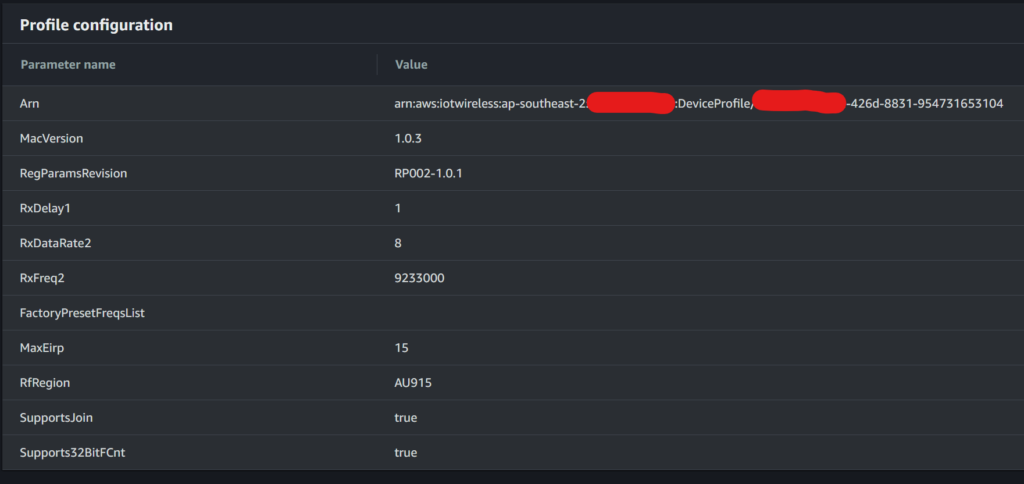In the last few days, the AWS Local Zone service launched in Perth.
Articles in the media are claiming this is a significant uplift:
AWS has officially opened a new cloud infrastructure region in Perth.
Kate Weber, IT News
Only problem, this is not a Region (big R) in the AWS vernacular, but a single Availability Zone, attached as an adjunct to the AWS Sydney Region (ap-southeast-2).
Media Statements and press releases are designed to excite the media, but the reality is a little more circumspect. The Local Zone does add local compute (EC2) and block storage (in the form of EBS) within Perth. However, its what many would expect that leads a local zone to be perhaps a little limiting.
First up, the compute is only certain, limited types. The same with the EBS volume types. You may be forced to use more expensive compute and storage, because the cheaper instance sizes or EBS types are not available.
Second, the costs for the Compute and Storage is more expensive than in the full Region, where economies of scale and usage patterns drive down costs. You may see up to a 50% overhead on the same 4xLarge instance type compared to Sydney.
Third, some basics like IPv6 support is not (yet?) supported. That may upset your VPC conventions.
Fourth, you may have wanted close access to managed services, like RDS (databases), or even Workspaces (desktop) and AppStream (application virtualisation). Well, that’s back in the main Region, not in the Local Zone, and at 50ms across Australia, that may be a bit too far, which means you’re back to the stone age of running databases on Instances yourself.
Fifth, being a single AZ, you wont get any multi-AZ resilience that you’re comfortable with an a full Region.
Sixth: the Local zone’s operation is tied to the designated Region: issues in ap-southeast-2 (Sydney) may impact management (control plane) or availability (data plane) of that AZ. Your CloudFormation has to execute in Sydney to stand up a stack.
In essence, a Local Zone needs to be looked at from the Well-Architected Framework perspective, and utilised accordingly.
Once you have reconciled those issues, there is the bright side: compute in cloud, managed in a uniform way, without having to deploy an Outpost and have a datacentre for the Outpost to run in.
Many organisations do want Cloud services locally, and for some high volume, low latency, idempotent, loosely coupled, edge processing, this may be perfect.
An AWS Local Zone is also a small stepping stone to perhaps being a full Region one day, as was seen in Osaka, Japan. It just takes demand to validate the point.
Its 10 years since AWS opened first its point of presence (CloudFront, Route53) in Australia, and then the Sydney Region. We’re on the cusp of a second Local zone up in Brisbane, and a second Australian Region – yes, a full Region – in Melbourne.
It’s the new Region that suddenly opens up Multi-region application architecture, which, for public sector in particular, has not been permissible for data jurisdiction purposes (even if that is just a desire and not a mandated legal requirement).



